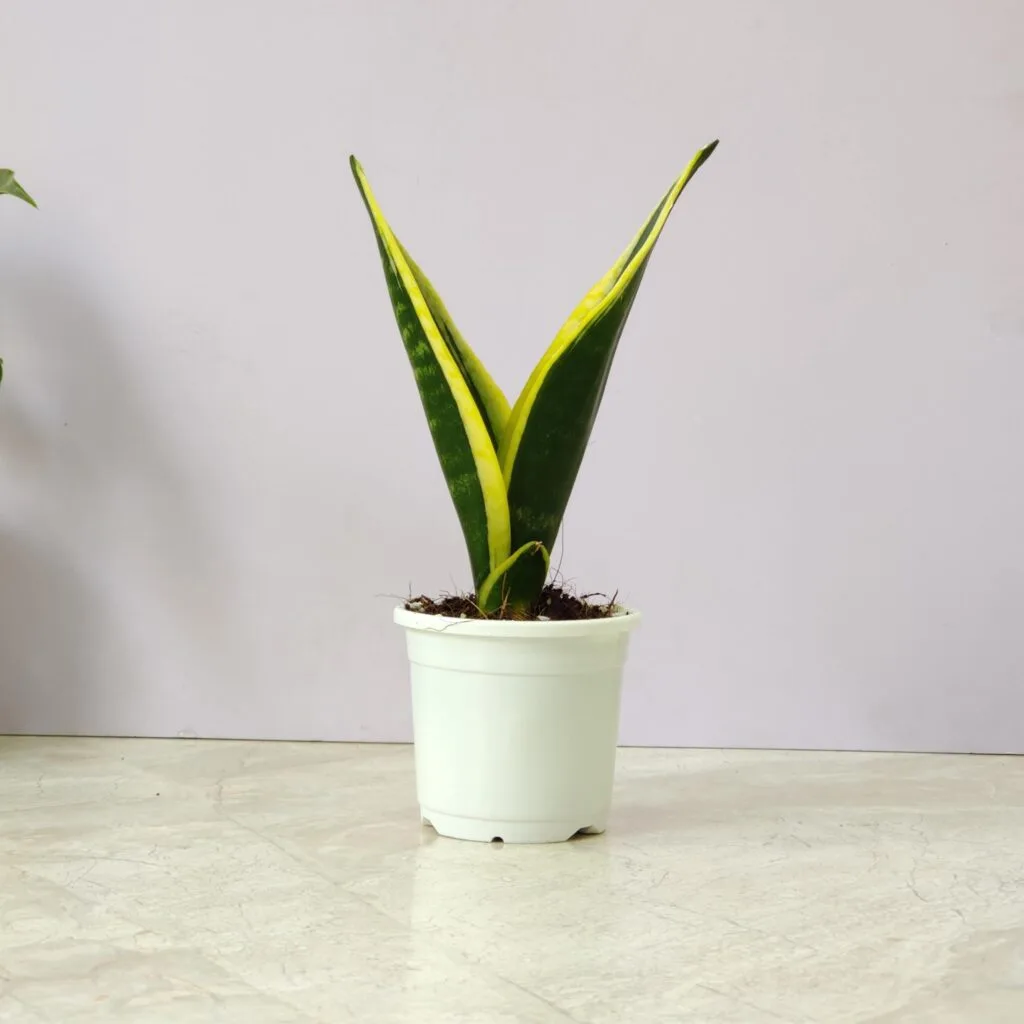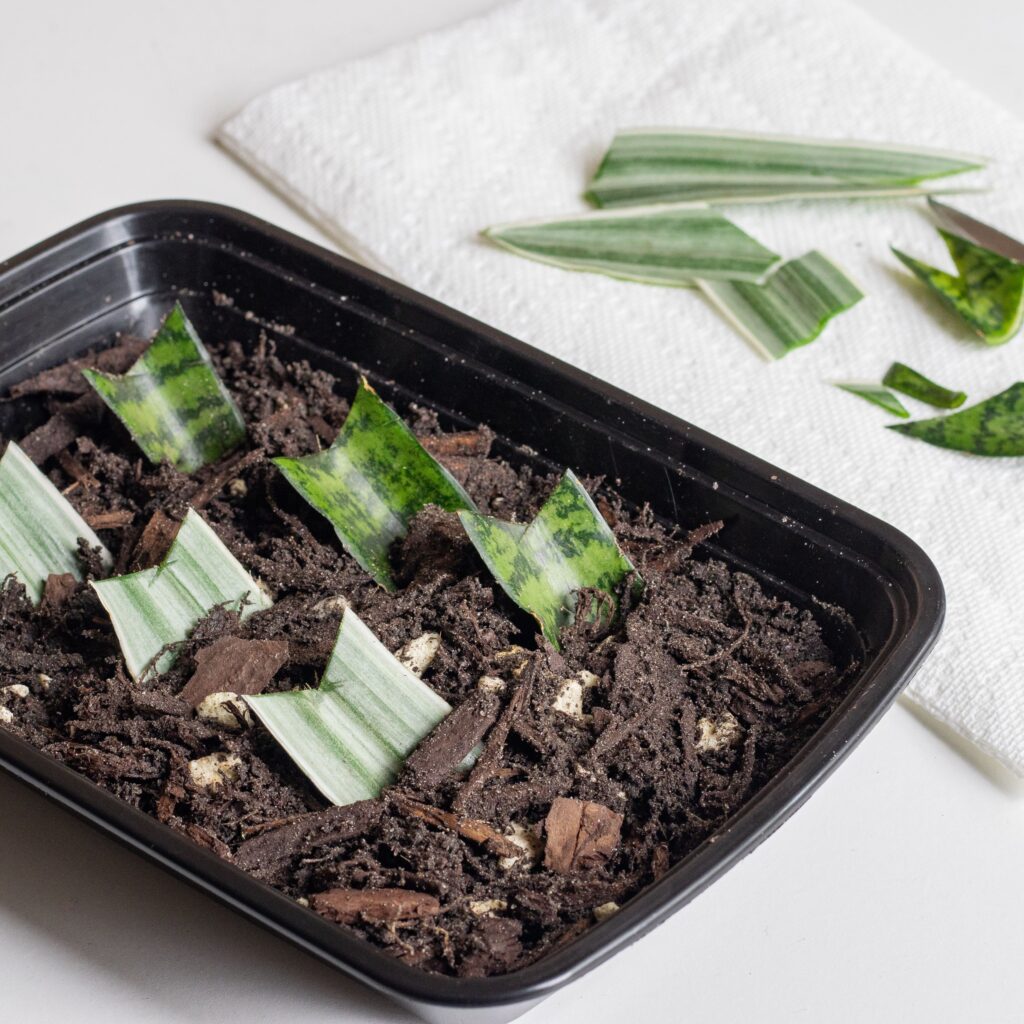The snake plant (Sansevieria), also known as mother-in-law’s tongue, is one of the easiest houseplants to propagate. Not only does it require minimal care, but its sword-like leaves and air-purifying properties make it a popular choice for plant enthusiasts. If you’re looking to expand your indoor jungle or share your greens with friends, learning to propagate your snake plant is a fun and rewarding process.
This step-by-step guide will show you exactly how to propagate a snake plant in various ways—whether in water, soil, or by division—plus how to care for the new plants so they thrive.
Why Propagate Snake Plants?

Before we dive into methods, here’s why propagation is a great idea:
- Cost-Effective: Grow multiple plants from a single mother plant.
- Gift-Giving: Snake plants make fantastic green gifts.
- Aesthetic Multiplication: Fill your home with greenery or enhance your garden.
- Recovery: Revive a damaged plant by starting new ones from healthy leaves.
Best Time to Propagate Snake Plants
You can technically propagate snake plants year-round indoors, but the spring and summer months are ideal. During these periods, the plant is in an active growth phase, which increases the success rate of root development.
Propagation Methods Overview

There are three main ways to propagate a snake plant:
- Leaf Cuttings in Water
- Leaf Cuttings in Soil
- Division of Rhizomes
Let’s look at each of these in detail.
1. Leaf Cuttings in Water
This is one of the easiest and most visually interesting ways to propagate a snake plant.
What You’ll Need:
- Healthy snake plant leaf
- Clean, sharp scissors or pruning shears
- A jar or glass of water
- Indirect sunlight
Steps:
- Choose a Healthy Leaf: Select a mature, disease-free leaf from the plant.
- Cut the Leaf: Using sterile scissors, cut the leaf near the base.
- Divide Into Sections: Cut the leaf into smaller pieces (about 3–4 inches each). Make sure to remember which side is the bottom—it must be placed correctly in water.
- Let the Ends Callous: Let the cuttings dry for 1–2 days to prevent rotting.
- Place in Water: Submerge only the bottom of the cuttings in water, using a glass jar.
- Position the Jar: Put the jar in a bright, warm area with indirect sunlight.
- Change the Water Weekly: This keeps bacteria and algae at bay.
- Wait for Roots: Within 3–6 weeks, roots and small pups (baby plants) will begin to grow.
Transplanting:
Once roots are about 1–2 inches long, you can transplant the cuttings into soil for further growth.
2. Leaf Cuttings in Soil

This method is similar to the water method, but some plant lovers prefer it because it avoids the transition shock of moving rooted cuttings from water to soil.
What You’ll Need:
- Healthy snake plant leaf
- Potting mix (well-draining cactus/succulent mix)
- Pots with drainage holes
Steps:
- Prepare the Leaf: Just like in the water method, cut a healthy leaf into 3–4 inch segments.
- Let the Cuttings Dry: Leave the segments out for 2–3 days to allow the ends to callous.
- Plant Upright in Soil: Insert the bottom end into a small pot filled with moist (but not soggy) soil.
- Water Sparingly: Snake plant cuttings don’t like wet feet. Lightly mist or water just enough to keep the soil slightly moist.
- Wait for Growth: In 4–8 weeks, roots should form, and eventually new leaves will emerge from the base.
Pro Tip: Label the cuttings to avoid planting them upside down!
3. Division of Rhizomes (Most Reliable Method)

If your snake plant is large or has several offshoots (pups), you can divide it at the root level. This is the fastest and most reliable propagation method.
What You’ll Need:
- A mature snake plant
- A clean knife or garden spade
- Pots and fresh soil
Steps:
- Remove the Plant: Take the mother plant out of its pot carefully.
- Separate the Rhizomes: Identify natural divisions or offshoots. Cut or gently pull them apart, making sure each new section has both roots and leaves.
- Replant Immediately: Plant each new section into a pot with fresh, well-draining soil.
- Water Lightly: After replanting, water the new plants lightly to help them settle in.
Benefits:
- No waiting for roots to develop
- Immediate result with established plants
Post-Propagation Care
Once you’ve propagated your snake plant using any method, proper care is essential to ensure the new plants thrive.
Light:
- Bright, indirect sunlight is ideal.
- Snake plants can tolerate low light but grow faster with more light.
Water:
- Allow soil to dry out completely between waterings.
- Avoid overwatering to prevent root rot.
Temperature:
- Ideal temperature range: 60–85°F (16–29°C)
- Keep away from cold drafts or heaters.
Fertilizer:
- Feed lightly during spring and summer with a diluted houseplant fertilizer.
- Avoid feeding during winter when the plant is dormant.
Common Mistakes to Avoid

- Planting Upside Down: Always remember which end of the leaf was the base.
- Skipping Callousing: If you skip the drying step, the cuttings are likely to rot.
- Overwatering: The #1 killer of propagated cuttings.
- Using the Wrong Soil: Always choose a well-draining mix to prevent soggy conditions.
Bonus Tip: Variegated Snake Plant Propagation
If you’re propagating a variegated snake plant (yellow edges or unique patterns), leaf cutting methods may not preserve the color variation. To retain variegation, use the division method for best results.
Final Thoughts
Propagating a snake plant is a fun, simple, and sustainable way to grow your indoor garden. Whether you choose water, soil, or rhizome division, each method has its perks. With just a little care and patience, you’ll have a collection of hardy, elegant snake plants ready to beautify your space—or be gifted to others.
So grab your shears, pick a healthy leaf, and start propagating. Your plant family is about to get a lot bigger!






Leave A Comment